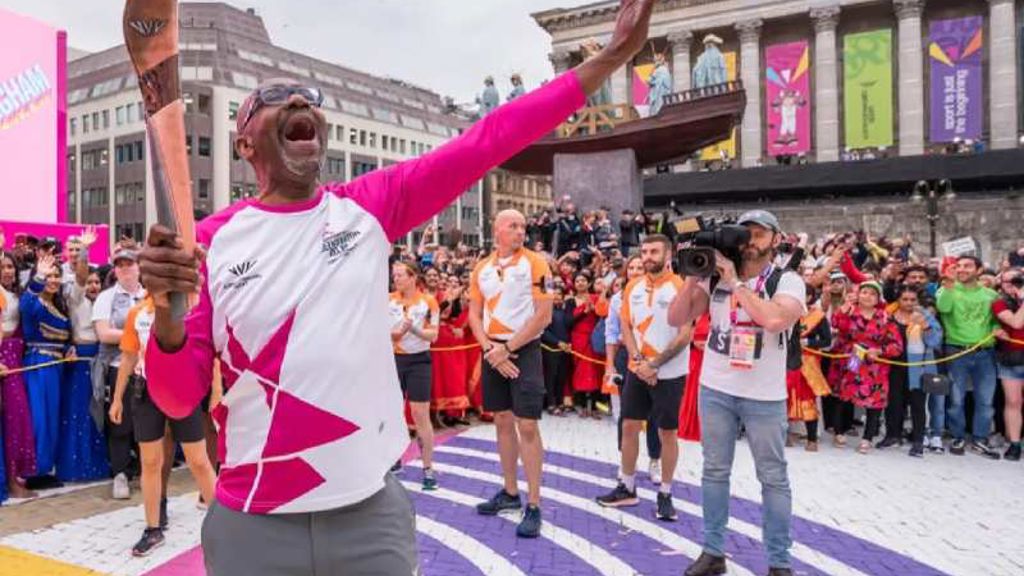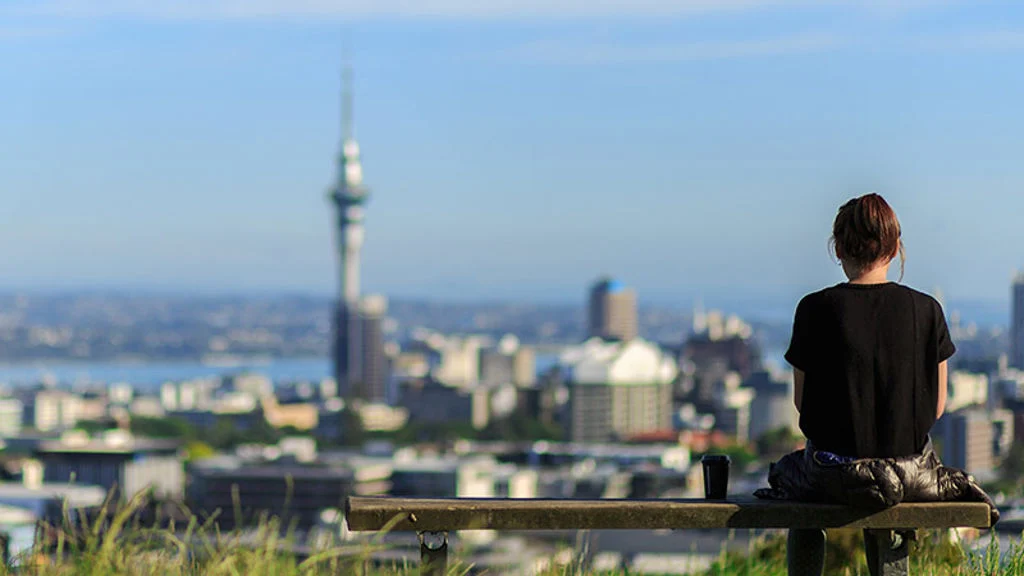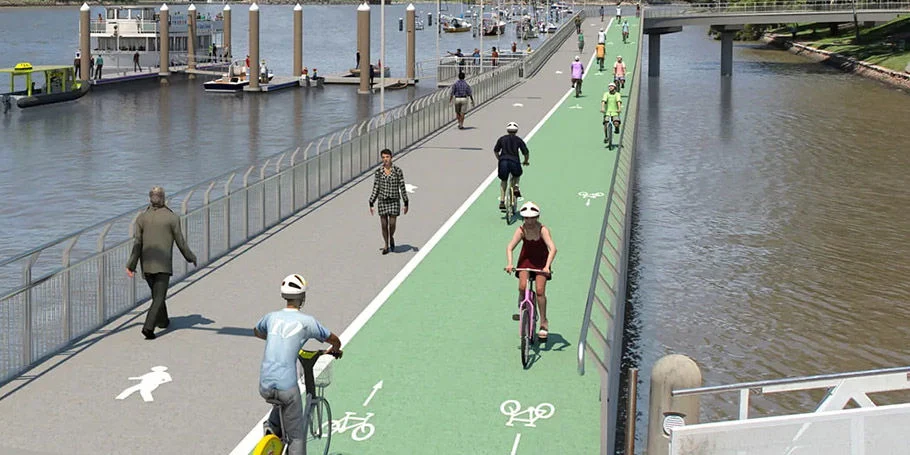Reconnecting East and West Austin with community-focused cap parks and stitch bridges over I-35
Our Future 35 – Austin’s Cap and Stitch Program

What we delivered
-
Developed a conceptual design and vision founded on innovative urban design and engineering solutions for new freeway cap parks and stitch bridges over Interstate 35
-
Led a multidisciplinary design and engineering team supporting the City of Austin with stakeholder and community engagement
-
Engaged with the community to guide future amenity programs and designs for the cap parks and stitch bridges
Get in touch with our team
For over 60 years, I-35 has divided downtown Austin and East Austin, creating both a physical and socioeconomic barrier. As the Texas Department of Transportation has plans to lower the highway below street level, there is a once-in-a-lifetime opportunity to cap over the highway and reclaim this space for the community.
The City of Austin Transportation and Public Works department is leading a program called “Our Future 35,” which seeks to create public spaces through cap parks and stitch bridges to be constructed over the I-35 highway as it passes through central Austin. In synergy with established cultural venues and parks, the initiative aims to transform over 30 acres of open space above the highway into a collection of communal parks, shaded walkways, and cultural hubs.
Arup was engaged by the city to lead a multidisciplinary team for the conceptual designs of the cap parks and stitch bridges. The Arup-led team and subconsultant partners, including Lionheart Places, Garza EMC, Overland Partners, and Cortez Consulting, provided a wide range of services throughout development of the project, including civil and structural engineering, as well as urban planning, landscape architecture, architecture, economic planning, cost estimation, fire and life safety, sustainability, and community engagement consulting.
In recent years, the United States has seen a significant trend toward innovative infrastructure renewal, driven by the need to address aging infrastructure assets, federal investment through the Bipartisan Infrastructure Law, climate adaptation, and the effort to address restorative equity and justice needs through infrastructure planning.
The Our Future 35 project’s proposed cap parks and stitch bridges will utilize the space above the highway to provide community-focused parkland spaces and recreational amenities. Alongside these caps, improved east to west connections are planned to enhance mobility across the I-35 corridor, seamlessly bridging Austin through pedestrian pathways, bike lanes, and transit options.
These upgrades aim not only to reconnect the city physically but also to promote economic development and community cohesion across greater Austin.
Community-centered conceptual programming
The Arup team supported the City of Austin, working with local community representatives, city departments, and city stakeholders, to develop a vision plan that promotes equitable access, sustainable development, and community benefit. This vision plan is a crucial guide for steering future project development, ensuring that public priorities are integrated from conceptual design to project completion and ongoing operations.
Arup assisted with the facilitation of numerous stakeholder workshops with surrounding communities to capture a diverse range of perspectives, visions, and aspirations. This hands-on involvement allowed the team to address community-specific insights and integrate them directly into the evolving vision plan, ensuring the representation of Austin’s community needs. Arup’s engagement culminated in a community open house event hosted by the City of Austin in September 2024, where the latest concept designs and visualizations in the vision plan were unveiled to the public. At the event, Arup team members were in attendance to walk community members through the proposed plans and answer questions.

Our Future 35 Open House presentation of conceptual designs and plans © City of Austin
Connecting East and West Austin
The project prioritizes new opportunities for unimpeded access from East to West Austin. For example, the proposed 5.3-acre Cesar Chavez Street to Fourth Street cap presents an opportunity to connect the East Cesar Chavez neighborhood to key destinations previously cut off from residents, including the Austin Convention Center, Palm Park and Palm School, and the Waterloo Greenway.
Connecting the caps from north to south, the conceptualized East Avenue Trail is expected to serve as a corridor for active transportation, fostering healthy, sustainable travel options while sharing stories and histories of the surrounding East Austin neighborhoods and downtown. Arup worked with project collaborators to strategize optimal routes for the trail, helping evaluate potential connections that would maximize accessibility and community impact.
Arup’s engineers and planners supported the design of the trail to ensure continuity and structural feasibility throughout the caps. This groundwork was important for delivering a functional artery throughout the caps and stitches to support Austin’s broader efforts to reduce traffic congestion and carbon emissions along I-35.
Resolving complex engineering constraints
Constructing parks above a highway presents a multitude of complex structural challenges. Arup’s engineers developed structural solutions that will provide flexibility for future programming while working within the existing constraints. To maximize flexibility, utility connections to the city’s infrastructure were designed and integrated to support the future parkland amenities and buildings. Arup’s structural contributions will ensure the elevated parks remain both resilient and adaptable to the evolving needs of the community.

A rendering showing a promenade at Third Street as part of the Cesar Chavez Street to Fourth Street cap over I-35 © City of Austin
Emphasizing sustainable design and mobility
Through design guidelines that emphasize sustainability — such as reducing resource consumption, managing stormwater, promoting biodiversity, and mitigating urban heat — the Arup team developed a resilient and sustainable framework for the future development of the caps and stitches over the highway. Arup drew on best practices in sustainable urban planning, ensuring that each guideline addressed Austin's unique environmental challenges. The guidelines proposed specific measures to reduce the urban heat island effect, which is reflected in the conceptual designs.
The sustainable design guidelines created align with priorities stemming from the City of Austin goals for future transportation and connectivity development, with emphasis on sustainable movement options, such as biking and walking, to help shift toward low-carbon transportation modes.
Arup’s work ensures that as these caps develop, they will provide not only improved connectivity across the highway but also a long-term model for sustainable, community-focused infrastructure in Austin’s urban landscape.
Carter Design / Cortez Consulting / GarzaEMC / Hood Design Studio / JLPD / Lionheart Places / Overland Partners
Projects
Explore more cities projects

Supporting Birmingham as bold 2022 Commonwealth Games hosts
Birmingham 2022, United Kingdom

Major redevelopment transformed with integrated transport and sustainable design
Cardiff Central Square

Auckland’s first urban heat assessment guides climate adaptation planning
Auckland Urban Heat Assessment, New Zealand

Developing a Master Plan for regional regeneration in Victoria
Victorian Goldfields World Heritage Master Plan, Australia
Get in touch with us
If you'd like to speak to one of our cities experts about any of the issues raised on this page, or a potential collaboration, then please get in touch.

